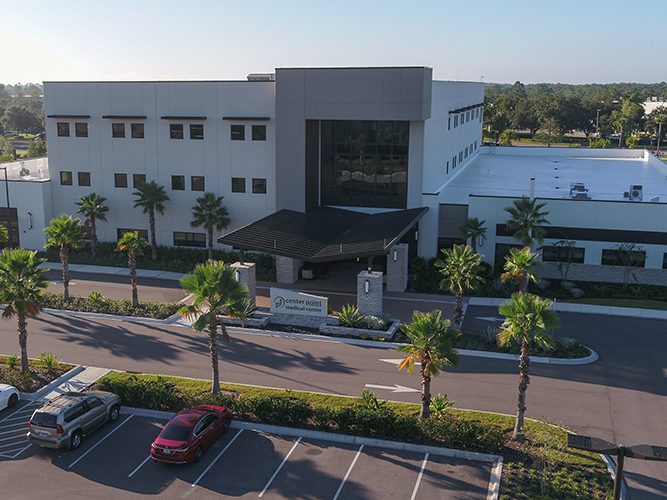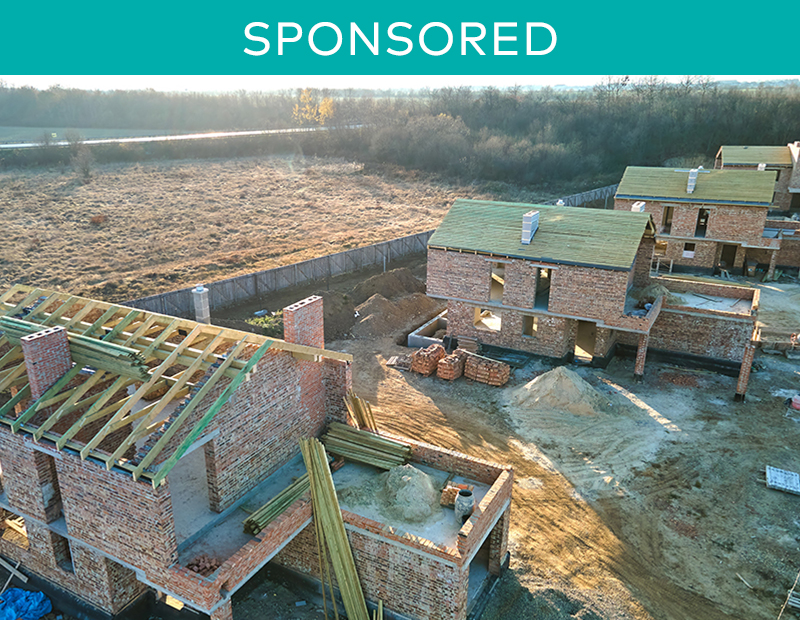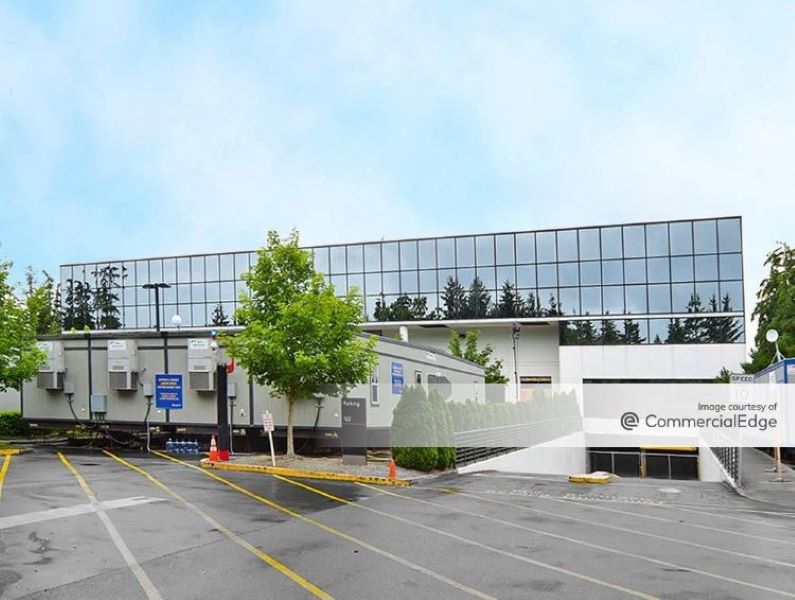Economy Watch: NAIOP Highlights Importance of CRE to US Economy
Commercial real estate development and operations supported 7.6 million jobs and contributed more than $930 billion to U.S. GDP in 2017, according to NAIOP's recently released annual study.
By D.C. Stribling, Contributing Editor
 New development and ongoing operations of existing commercial real estate in the United States, across the spectrum of property types—office, industrial, warehouse and retail— supported 7.6 million American jobs and contributed $935.1 billion to U.S. GDP in 2017. That’s according to the recently released annual study, “Economic Impacts of Commercial Real Estate,” published by the NAIOP Research Foundation.
New development and ongoing operations of existing commercial real estate in the United States, across the spectrum of property types—office, industrial, warehouse and retail— supported 7.6 million American jobs and contributed $935.1 billion to U.S. GDP in 2017. That’s according to the recently released annual study, “Economic Impacts of Commercial Real Estate,” published by the NAIOP Research Foundation.
To put $935.1 billion in perspective, that’s more than the GDP of Turkey or the Netherlands or Switzerland. If U.S. CRE were its own country, it would be the 17th largest economy in the world, just behind Indonesia, at least according to the International Monetary Fund’s estimation of each country’s GDP.
Combining residential and nonresidential buildings (warehouse/industrial, office, retail, health care, entertainment, education, public safety, religious and lodging), as well as infrastructure for water, sewer, highways and power, the total impact of construction spending (direct, indirect and induced) accounted for 18 percent of all the nation’s economic activity in 2017, NAIOP said.
For 2017, U.S. GDP increased by $763.6 billion from its 2016 value (in current dollars). In comparison to this overall gain in GDP last year, the total value of construction spending ($1.22 trillion) was 1.6 times greater than the year’s annual GDP growth, underscoring that growth in the construction sector outpaced growth in the overall economy.
All together, the report said, the industry paid salaries and wages of $286.4 billion. If that were a country, its GDP would be ahead of Chile and just behind Pakistan, coming in as the 43rd largest economy in the world. The report also noted that 524 million square feet of office, retail, warehouse and industrial commenced construction in the United States in 2017, with capacity to house more than 1.3 million new workers.







You must be logged in to post a comment.